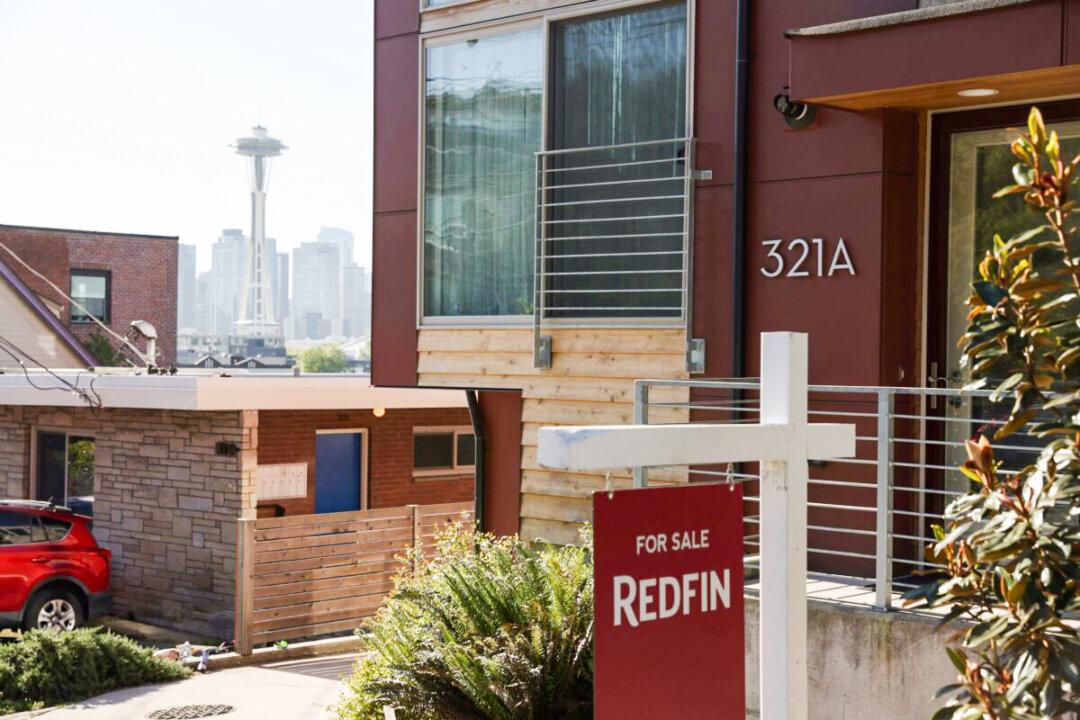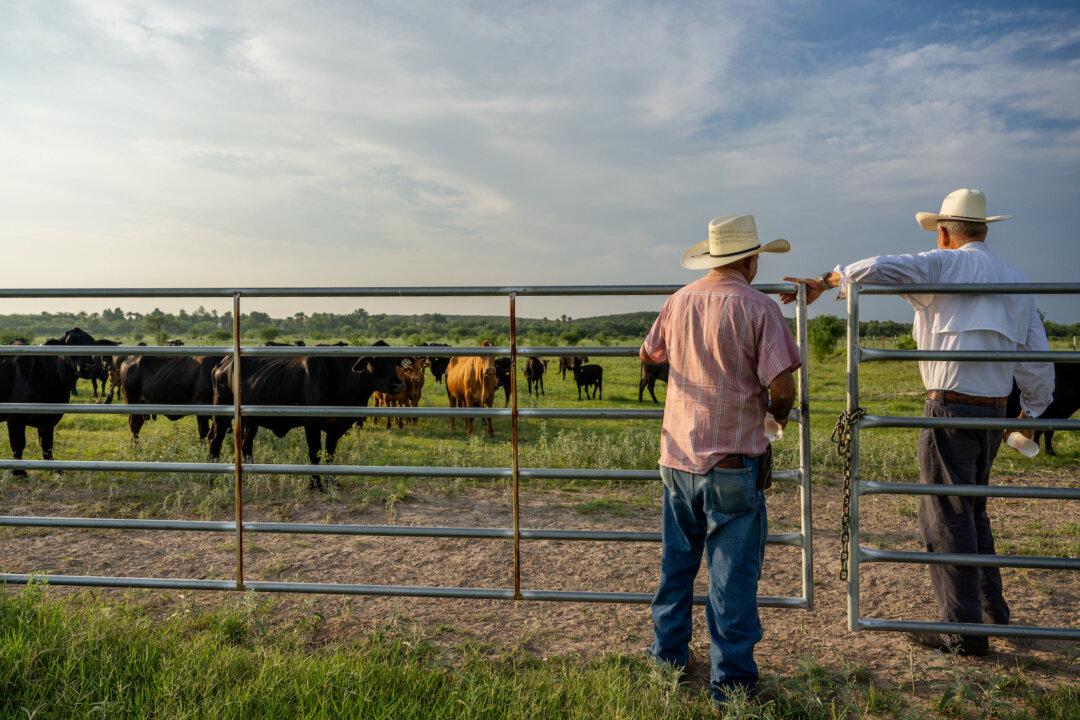New residential construction projects or privately-owned housing starts, a key indicator of economic strength, declined 4.1 percent in January, as some regions in the country face freezing weather conditions along with continuing supply chain issues.
“Privately‐owned housing starts in January were at a seasonally adjusted annual rate of 1,638,000. This is 4.1 percent below the revised December estimate of 1,708,000, but is 0.8 percent above the January 2021 rate of 1,625,000,” according to the monthly new-residential construction report (pdf) published on Feb. 17 by the U.S. Commerce Department.





